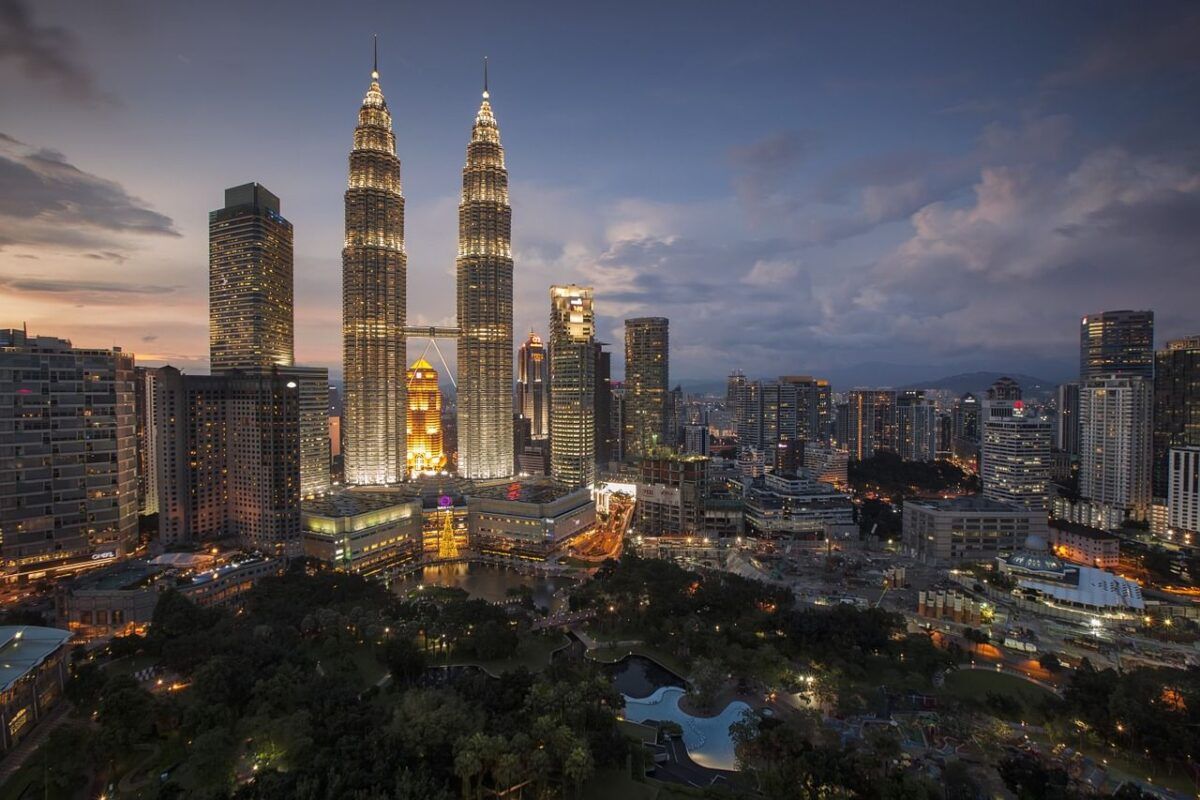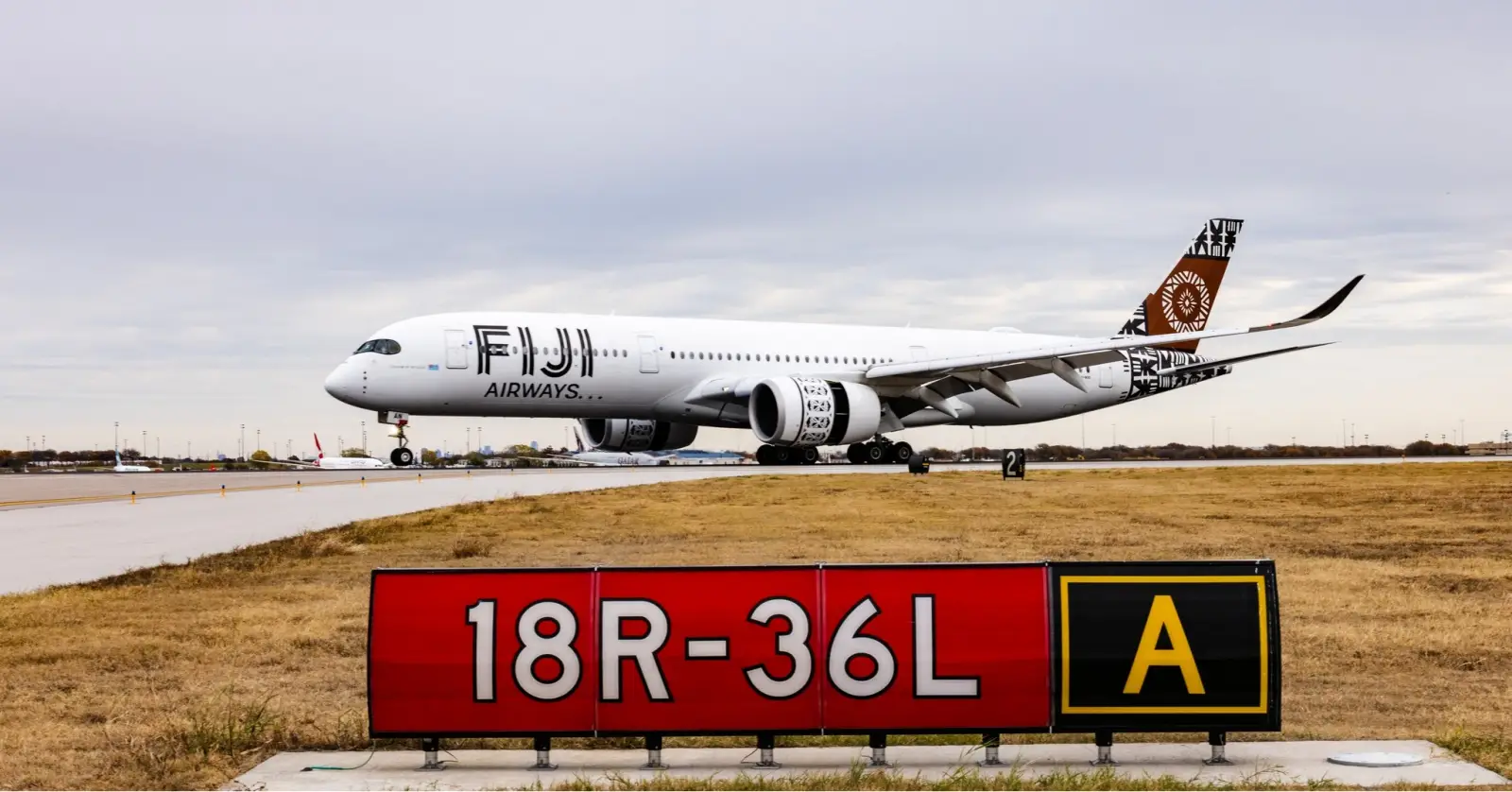Malaysia registered a total of 4,332,722 international tourist arrivals in 2020, down 83.4% as compared to 26,100,784 recorded in 2019.
Malaysia is not alone in registering negative growth in the number of tourist arrivals. According to the World Tourism Organisation (UNWTO), Asia and the Pacific recorded an 84% decrease in arrivals. Malaysia’s neighbouring ASEAN countries also saw a significant decline in the number of tourists, including Thailand (-83.2%), Singapore (-85.7%), Vietnam (-78.7%), and Indonesia (-75%), according to the data from the Pacific Asia Travel Association (PATA) and National Tourism Organisation (NTO).
Malaysia’s tourist receipts plunged by 85.3% from RM86.14 billion in 2019 to RM12.69 billion in 2020, with the average per capita expenditure recorded a total of RM2,928, a decline of 11.3% from RM3,300 in 2019.
Year | 2019 | 2020 | Growth |
Tourist arrivals | 26,100,784 | 4,332,722 | -83.4% |
Tourist receipts | RM86.14 billion | RM12.69 billion | -85.3% |
Per capita expenditure | RM3,300 | RM2,928 | -11.3% |
Negative growth had been observed for tourists from every market, namely short-haul market (-83.5%), medium-haul market (-84.7%), and long-haul market (-79.7%). The massive drop in international tourist arrivals is attributed to the closure of Malaysian borders since 18 March 2020 due to the spread of the COVID-19 pandemic.
ASEAN countries or the short-haul market remains as Malaysia’s top contributor with a 68.1% share of tourist arrivals (2,949,363), followed by the medium-haul market with a domination of 20.1% share, which includes East Asia & South Asia (870,314). The long-haul market share was 11.8%, with 512,484 tourists from West Asia, Middle East, America, Oceania, Europe and Africa.
Top ten international tourist arrivals to Malaysia were from Singapore (1,545,255), Indonesia (711,723), China (405,149), Thailand (394,413), India (155,883), Brunei (136,020), South Korea (119,750), Japan (74,383), Australia (72,680), and Vietnam (64,184).
In terms of overall tourist expenditure, the top five contributors came from Singapore, Indonesia, China, India and Thailand.













